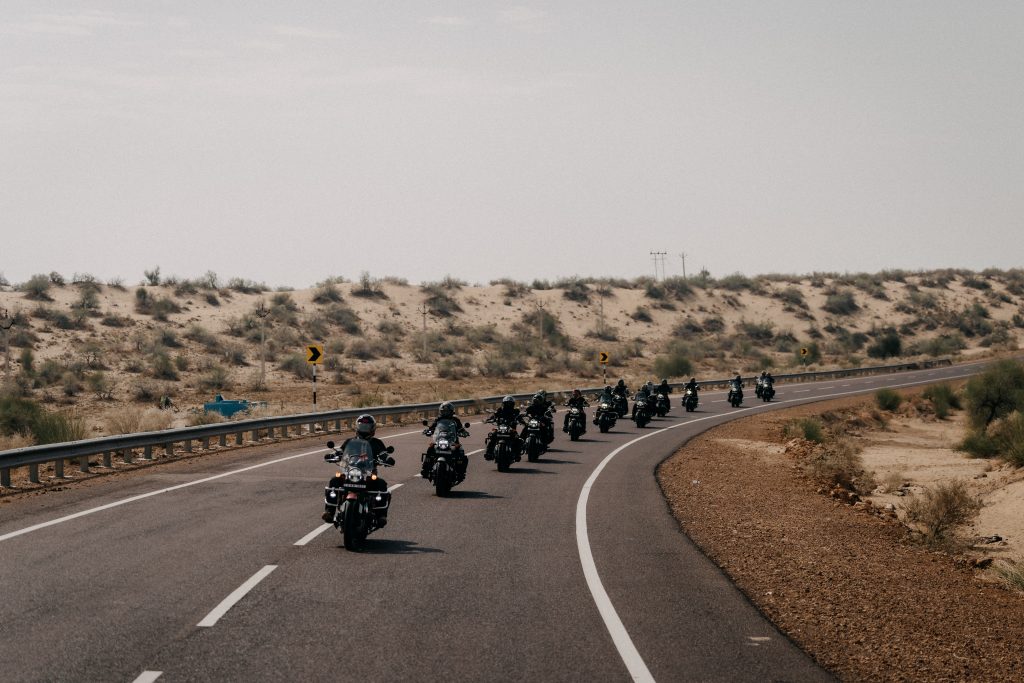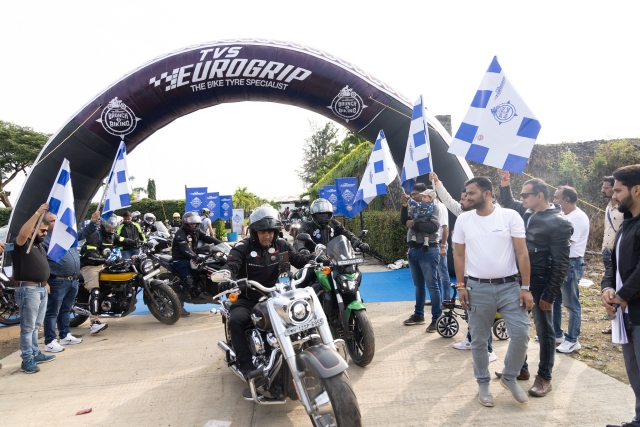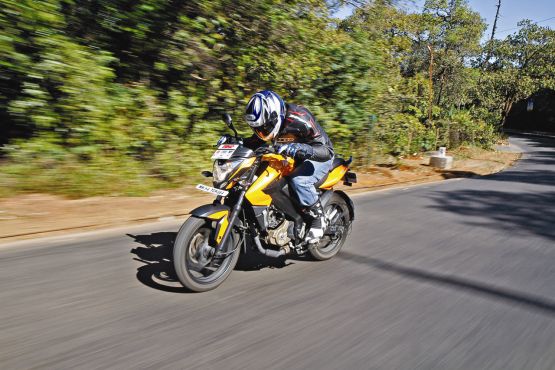
We took part in a masterclass in motorcycle drifting at the Royal Enfield Guerrilla 450 Drift Clinic held in Chennai. Here is a brief guide to the first step into the world of motorcycle drifting
[Read more…] about Adrift Astride a Guerrilla: Royal Enfield Guerrilla 450 Drift Clinic




